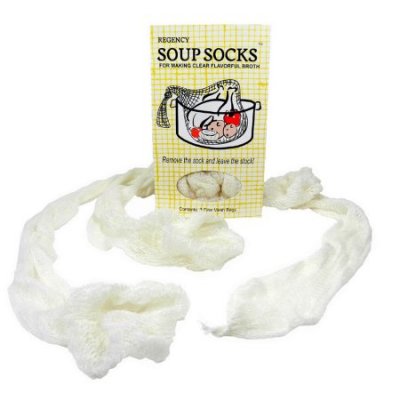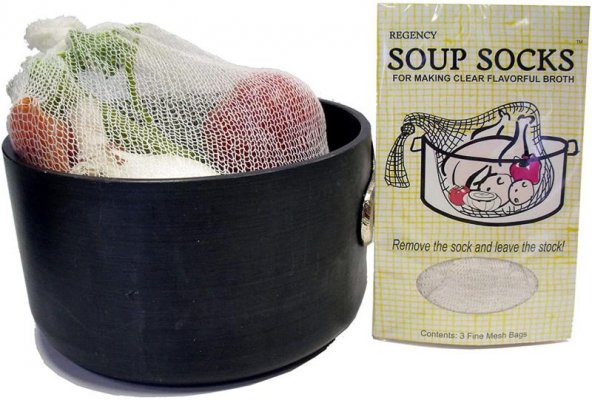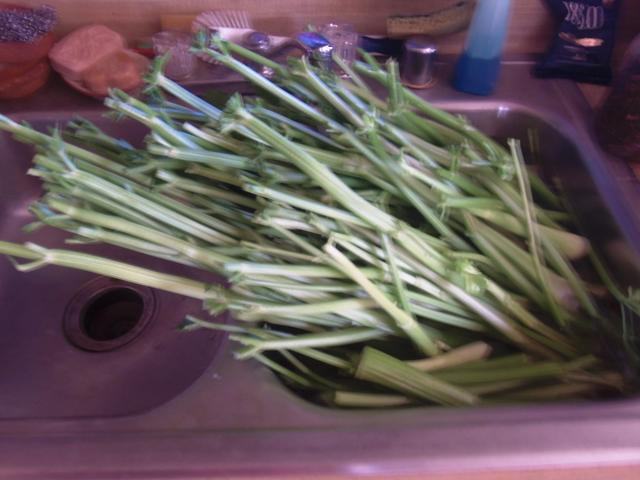Hello,
I made a few very tasty soups using home-made vegetable stock (various vege scraps, carrots, onions, celery etc...) but I am somewhat confused to the concept of using the stock as a base.
Because it feels like you are adding "soup on top of soup".
The vegetable stock is essentially a soup in itself. When you are finished making it you throw the vegetables away.
Then you add more vegetables to the stock.
Why not just do it as a one-step process and use the vegetables in the soup that you actually want to use, simmer it for 2-3 hours and blend it up?
It just seems like double the work for me, and you are throwing the first "batch" of vegetables away. But this is how soups are generally made everywhere.
Am I missing something?
I made a few very tasty soups using home-made vegetable stock (various vege scraps, carrots, onions, celery etc...) but I am somewhat confused to the concept of using the stock as a base.
Because it feels like you are adding "soup on top of soup".
The vegetable stock is essentially a soup in itself. When you are finished making it you throw the vegetables away.
Then you add more vegetables to the stock.
Why not just do it as a one-step process and use the vegetables in the soup that you actually want to use, simmer it for 2-3 hours and blend it up?
It just seems like double the work for me, and you are throwing the first "batch" of vegetables away. But this is how soups are generally made everywhere.
Am I missing something?





